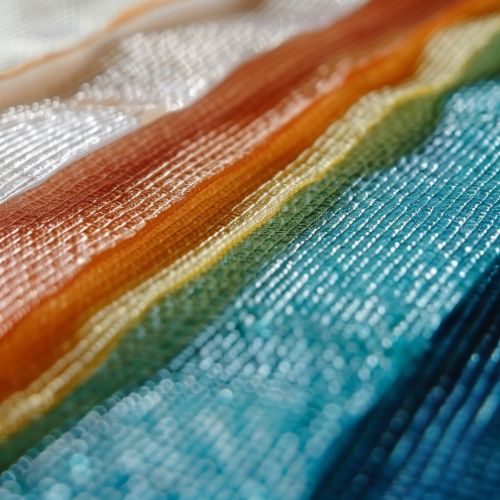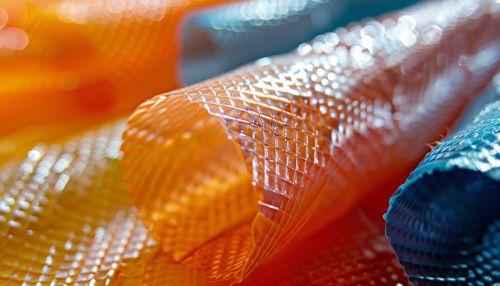Polypropylene
Introduction
Polypropylene (PP) is a type of thermoplastic that is used in a variety of applications due to its resistance to many chemical solvents, bases, and acids. It is produced via chain-growth polymerization from the monomer propylene, a byproduct of petroleum refining processes.
History
Polypropylene was first polymerized by German chemist Karl Rehn and Italian chemist Giulio Natta at the Montecatini company in Italy in 1954. Natta utilized Ziegler's discovery of a transition metal catalyst, titanium chloride, to polymerize propylene to a crystalline isotactic polymer, a type of polymer that has a high melting point and is resistant to many common solvents.
Properties
Polypropylene is noted for its excellent chemical resistance in both acidic and alkaline environments. This resistance is due to the lack of any real chemical functionality in the polymer, which also contributes to polypropylene's resistance to oxidative degradation. Polypropylene is also resistant to fatigue and has a high tensile strength, making it suitable for use in applications such as plastic hinges and living hinges.
Manufacturing
Polypropylene is produced through a process known as chain-growth polymerization, which involves the linking together of monomers to form a polymer chain. The monomer used in the production of polypropylene is propylene, a three-carbon compound obtained as a byproduct of petroleum refining. The polymerization process is catalyzed by a class of catalysts known as Ziegler-Natta catalysts, named after the two scientists who developed them.
Applications
Due to its versatile properties, polypropylene is used in a variety of applications. It is commonly used in packaging, labeling, textiles, stationery, plastic parts and reusable containers, laboratory equipment, loudspeakers, automotive components, and polymer banknotes. Polypropylene is also used in the manufacturing of piping systems, both for hot and cold water, and in the production of carpeting.
Environmental Impact
Polypropylene, like other plastics, poses a significant environmental challenge. While it is recyclable, the rates of polypropylene recycling remain relatively low. This is due in part to the difficulty of separating it from other plastics, as well as its low melting point, which can cause it to degrade during the recycling process. Research is ongoing into more efficient methods of recycling polypropylene and other plastics.


